Huangpu
黄浦区
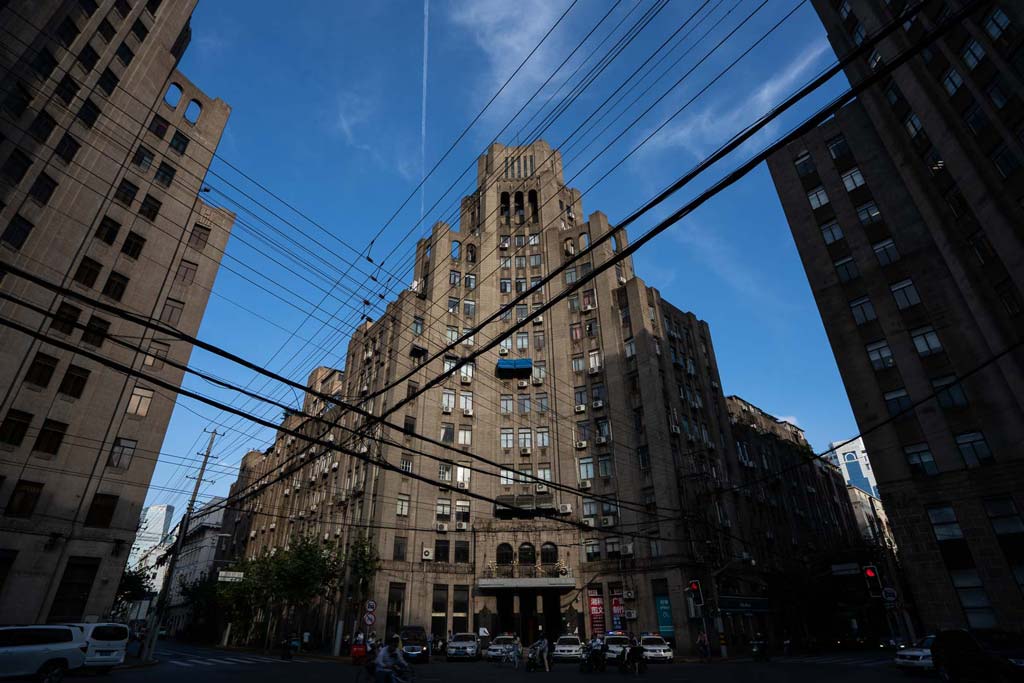
Heritage Building on Fuzhou Road 福州大楼
Shanghai's river-side Huangpu District is an entire metropolis in itself. From the Bund, to People's Square, Xintiandi, and the Old City, it contains a near-overwhelming range of distinctive urban attractions. It is an area bound to be central to any visitor's itinerary.
The Bund 外滩 was Shanghai's colonial-era commercial hub, renowned throughout the world in the early 20th Century for the magnificence of its great banks and hotels. It remains the city's primary treasure-trove of historical architecture, and its best-known tourist destination. On the Huangpu side of Zhongshan Road, the Bund consists of an elevated pedestrian riverfront viewing platform and walkway. On the opposite side, it consists of a parade of grand edifices – mostly from the late-19th through early 20th Centuries and constructed in neoclassical style – built as monuments to commercial and administrative authority. Among the buildings of special note are the old HSBC building (No. 12), the Customs House with its massive bell-tower (No. 13), the two Peace Hotel buildings, originally the Palace and Cathay Hotels (No. 19 & 20, situated on opposite sides of East Nanjing Road), and the Chinese Art Deco styled Bank of China Building (No. 23). The northern 'Bund Origin' area, immediately to the south of Suzhou Creek, has recently undergone a restoration process of epic scale, even by Shanghai standards, and is now host to the new Rockbund Art Museum.
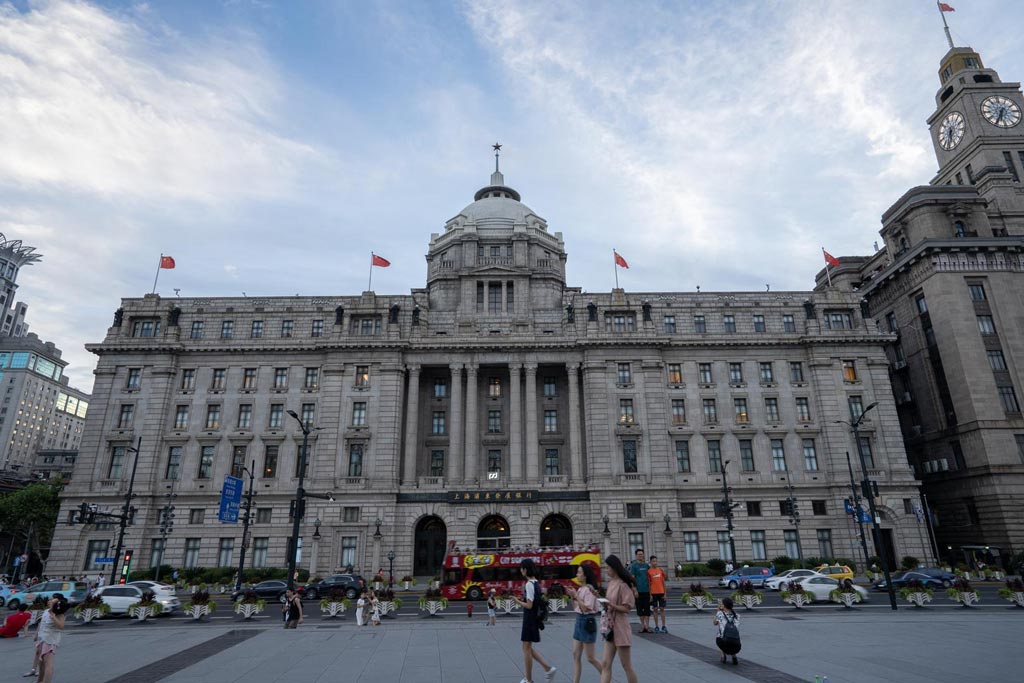
No.12 the Bund
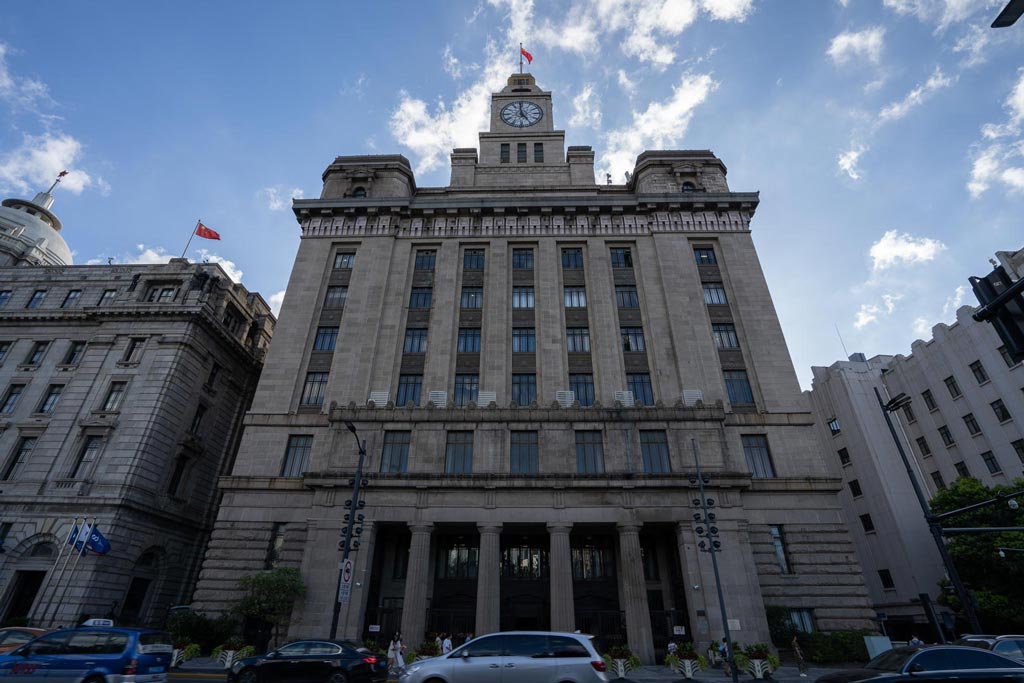
No.13 the Bund
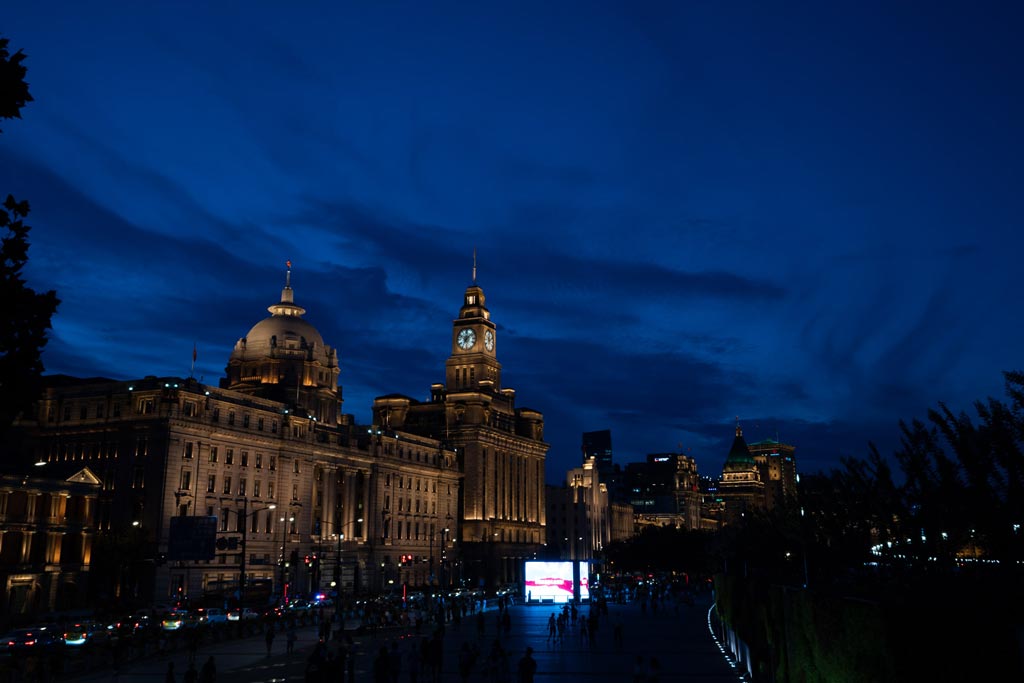
The Bund in the night
Shanghai's city-center, People's Square 人民广场, is a surprisingly relaxed place. The site of the city's horse-racing track during the colonial era, it has retained a sense of fun, even as the area has accumulated urban institutions of unquestionable cultural, economic, and administrative seriousness. People's Park and People's Square (tightly defined) together compose a green lung, divided by the east-west People's Avenue.
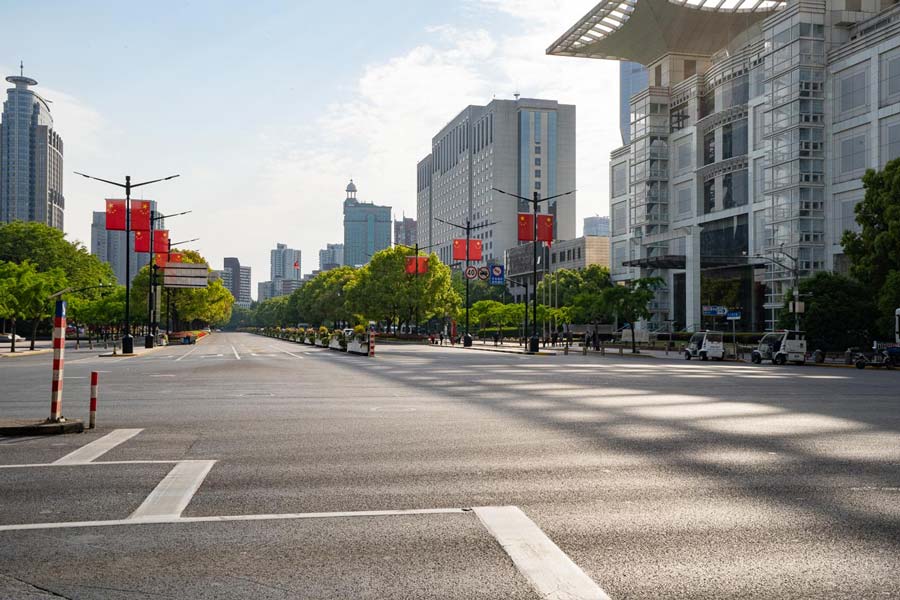
People's Avenue 人民大道
Along People's Avenue, and around the square, is found a disproportionate sample of Puxi's most impressive contemporary architecture, including some of its most dramatic skyscrapers, of which Tomorrow Square and the Shimao International Plaza are the most imposing. Many of the area's strikingly-designed buildings house the city's most important cultural institutions, including the Shanghai Museum, Shanghai Grand Theatre, Shanghai Urban Planning Exhibition Center, Shanghai History Museum, and the restored Grand Cinema, originally designed by Ladislaus Hudec. To the south-east of the square lies the Great World entertainment palace, fabled during the colonial era, and recently restored as a cultivated leisure hub. The Shanghai Concert Hall, immediately south of People's Square, was physically shifted 66 meters to its present position in 2002, to remove it from the path of the Yan'an Elevated Road – the first time such an engineering process has been undertaken.
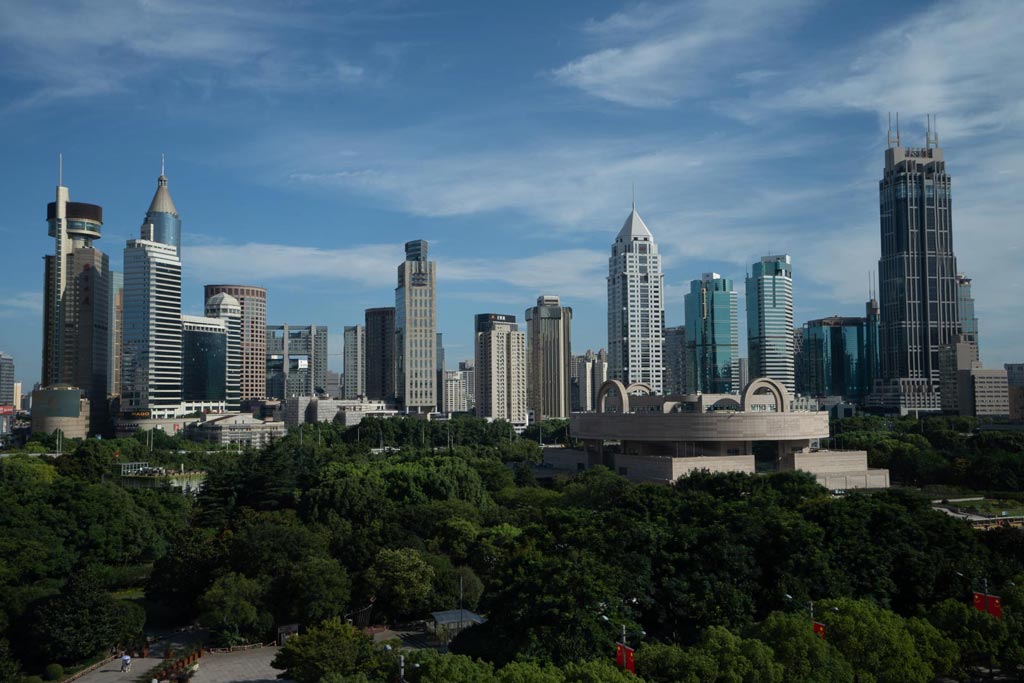
People's Square 人民广场
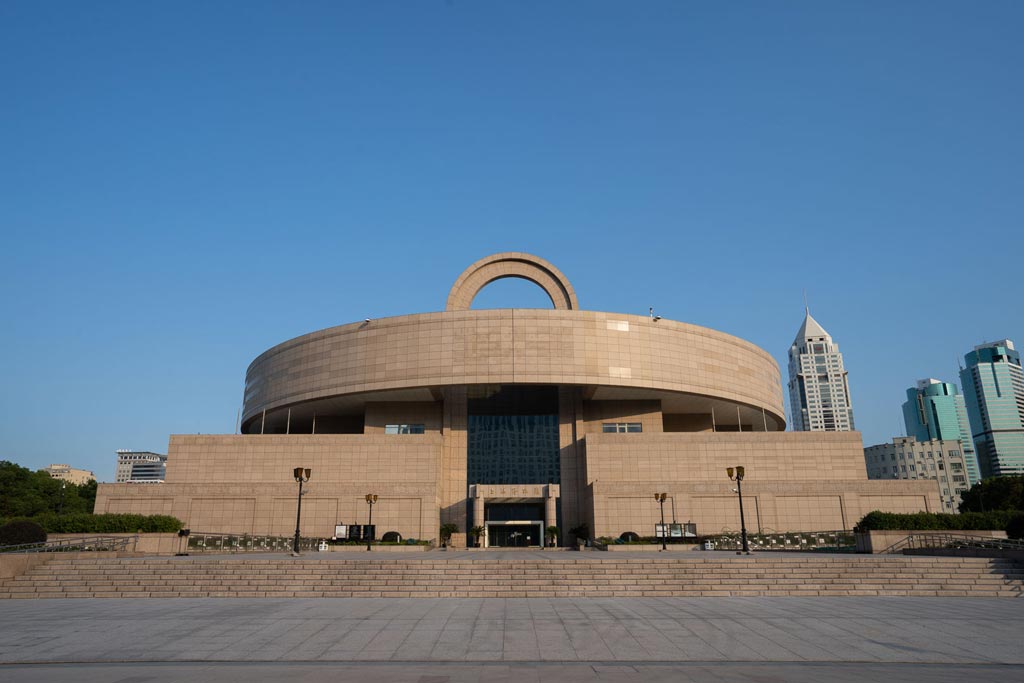
Shanghai Museum 上海博物馆
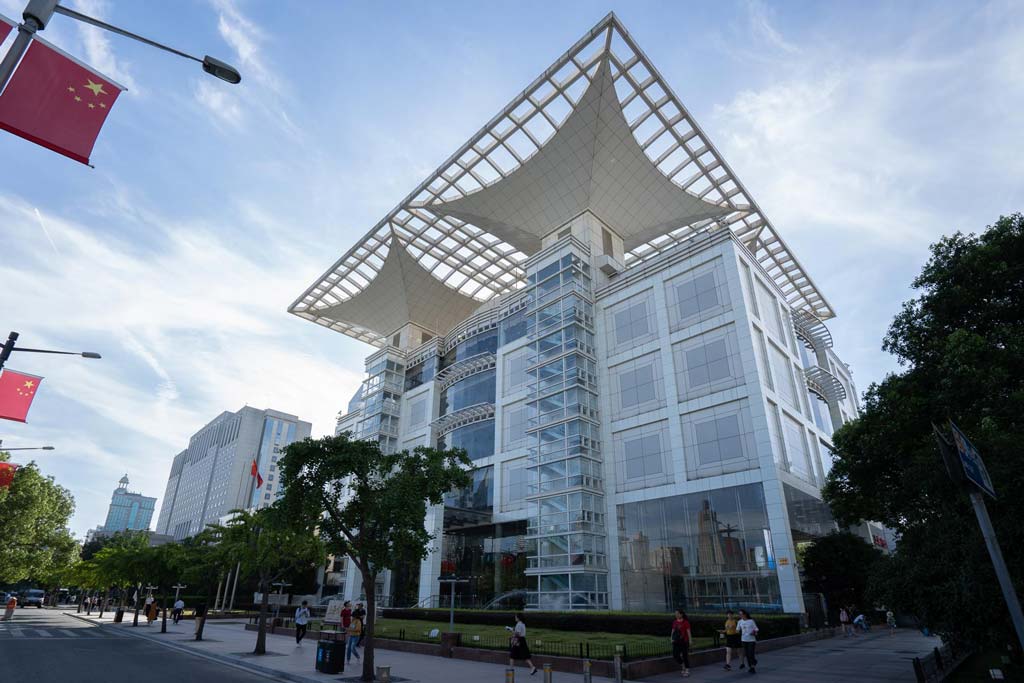
Shanghai Urban Planning Exhibition Center 上海城市规划展示馆
Fuzhou Road, connecting People's Square to the Bund on an east-west axis, is one of the city's best-known, and most engaging streets. Specializing in bookshops, cultural, and art-materials, it is the destination of choice for both Chinese and foreign language books, stationery items, with a side-line in specialty traditional snacks. The crossing of Fuzhou Road and Jiangxi Road is occupied by the city's most important cluster of Art Deco architecture from the 1930s, consisting of Hamilton House, the Metropole Hotel, and the Commercial Bank of China.
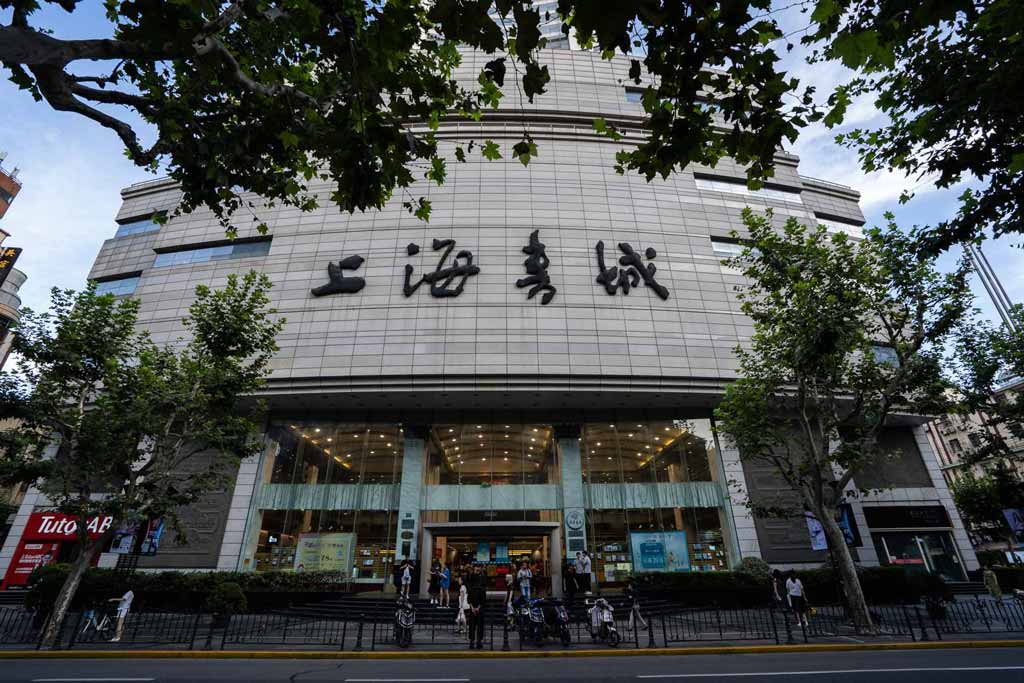
Shanghai Book Mall on Fuzhou Road 福州路上海书城
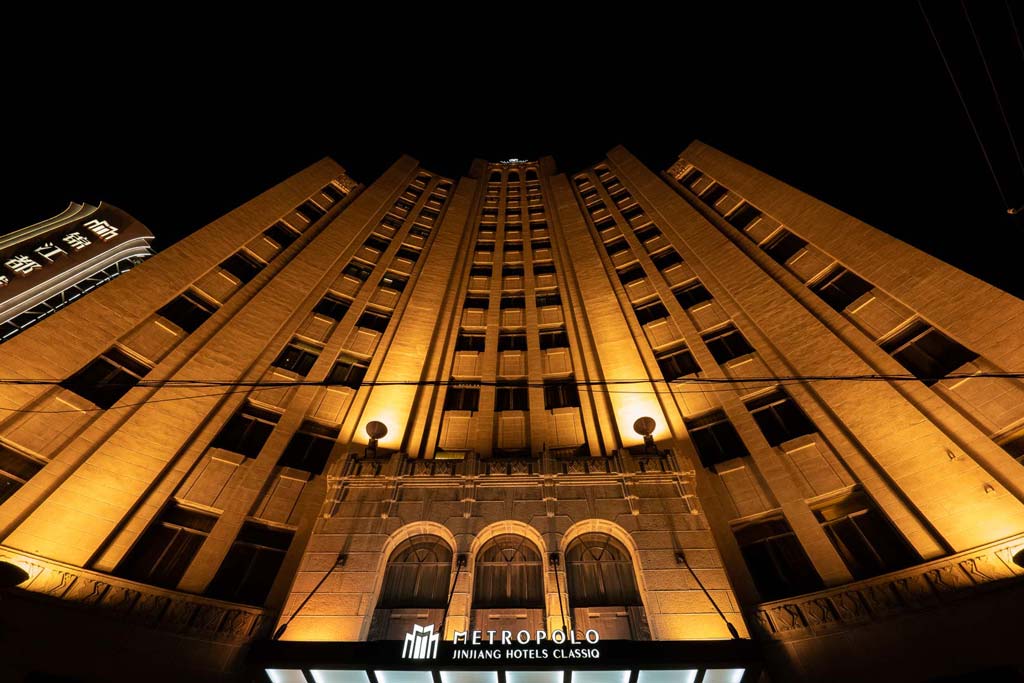
Metropole Hotel on Fuzhou Road
The development of Xintiandi 新天地 was a landmark episode in Shanghai heritage restoration, marking a new phase in the public appreciation of the city's distinctive modern Shikumen – or 'stone gate' – architectural style. The influence of the development extends far beyond Shanghai, affecting attitudes to urban reconstruction throughout the region. The core of Xintiandi consists of two blocks, filled with bars, restaurants, and boutique shopping outlets. The First National Congress of the Chinese Communist Party was held in the area, and is today commemorated by a museum.
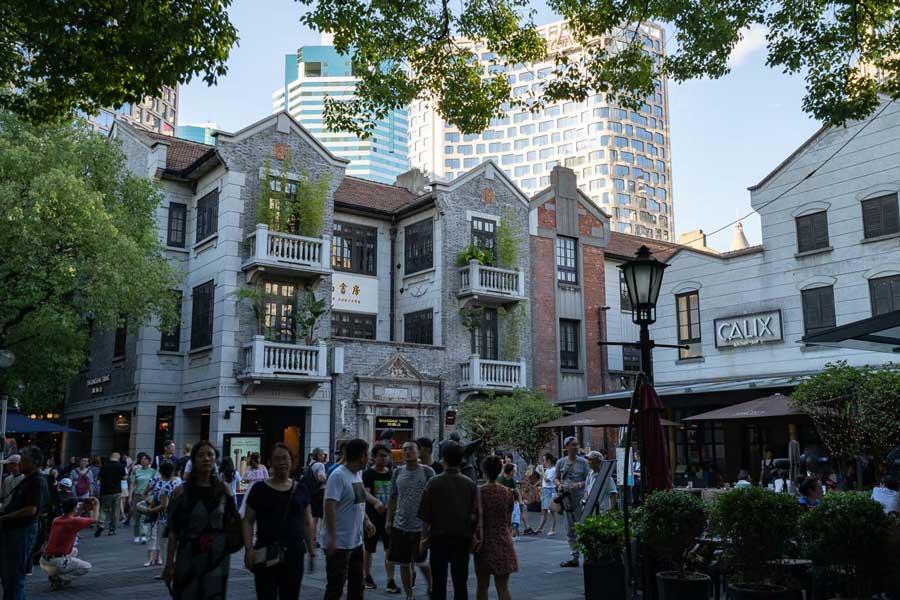
Xintiandi 新天地
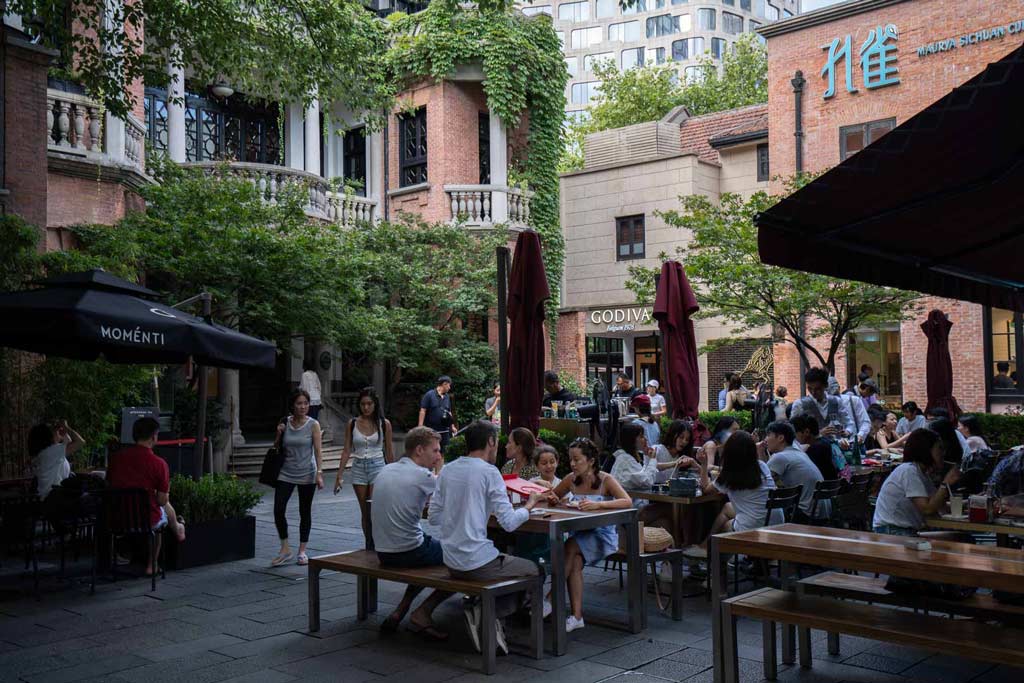
Xintiandi 新天地
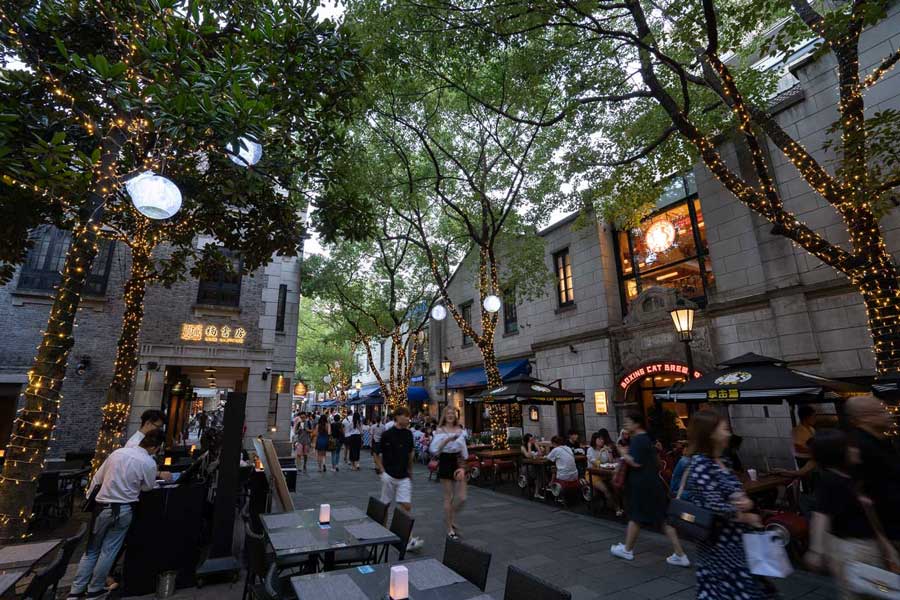
Xintiandi 新天地
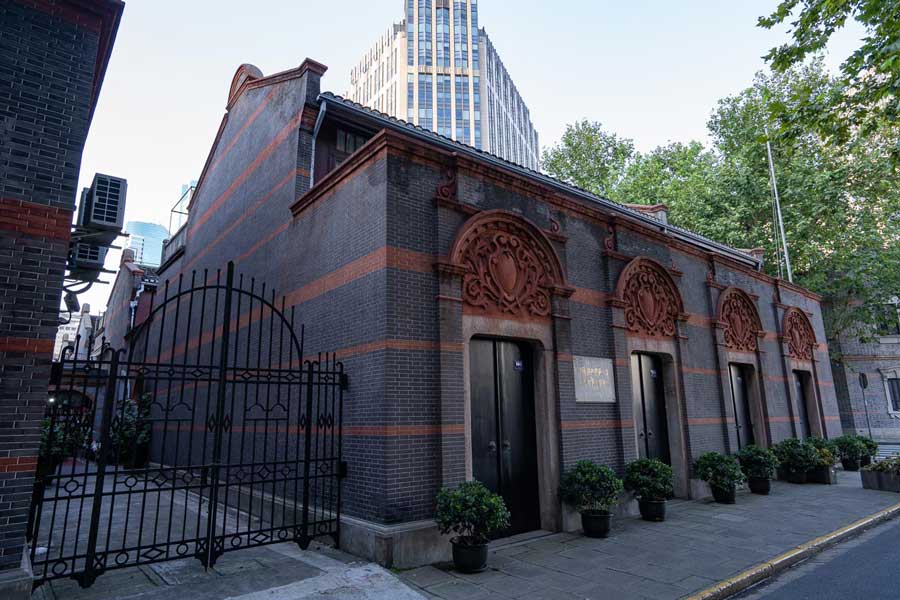
First National Congress of the Chinese Communist Party
By historical reputation, East Nanjing Road 南京东路 is Shanghai's most celebrated shopping thoroughfare. Its four great department stores built during the early years of the last century were a regional wonder in their time. Given the commercial efflorescence of the city around it, the comparative importance of East Nanjing Road as a shopping Mecca has naturally declined over recent decades. Yet it remains a popular leisure destination and a magnet for visitors from outside the city.
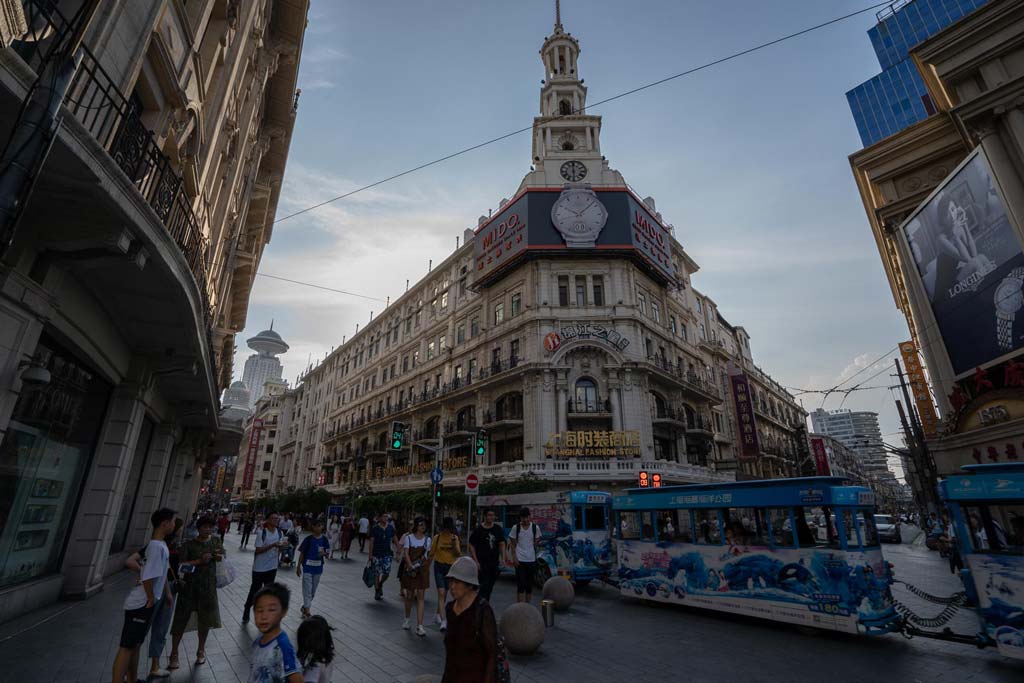
East Nanjing Road Promenade Street 南京东路步行街
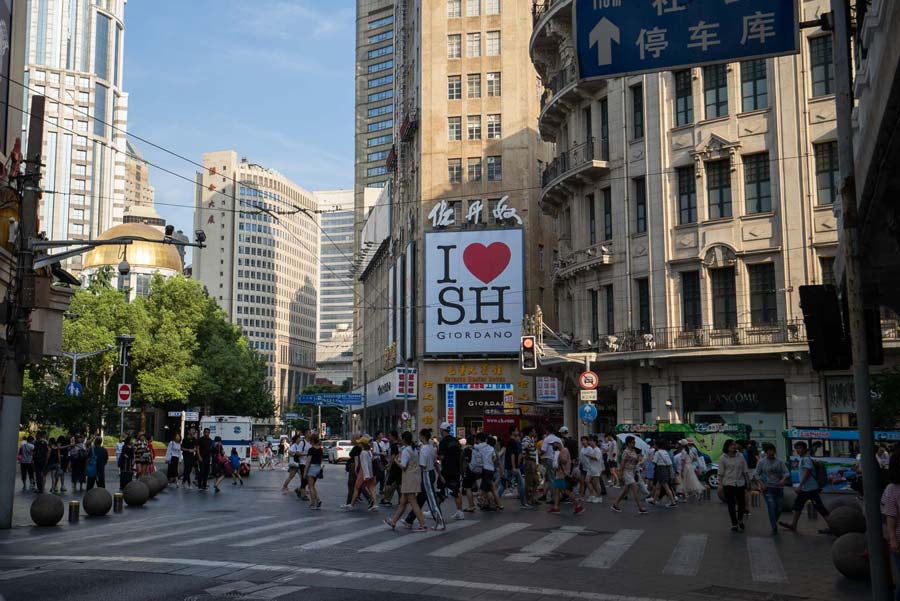
East Nanjing Road Promenade Street 南京东路步行街
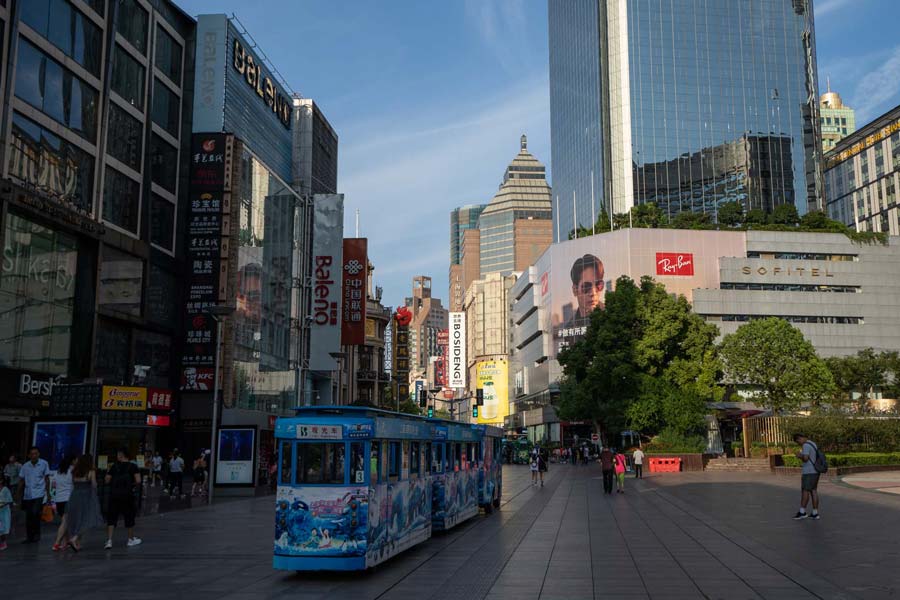
East Nanjing Road Promenade Street 南京东路步行街
Today's Huaihai Road 淮海路 was the primary east-west axis of the Former French Concession. Amid stiff competition, it probably edges ahead of all other contestants as the city's premier shopping area, mixing high-end internationally-branded opulence with well-known traditional Shanghai retail venues.
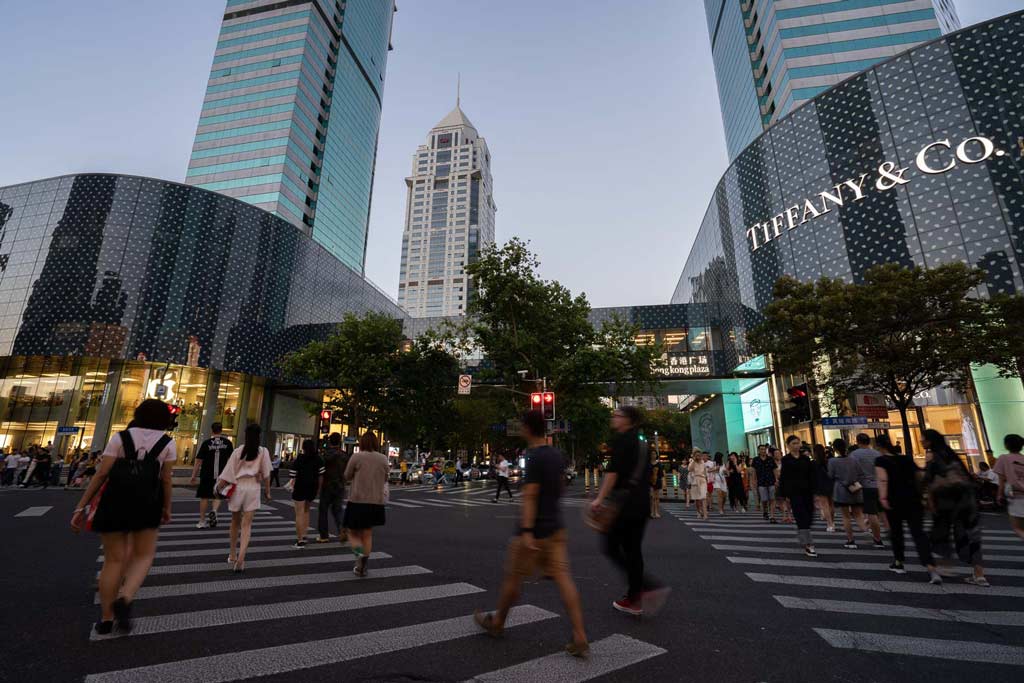
Huaihai Road 淮海路
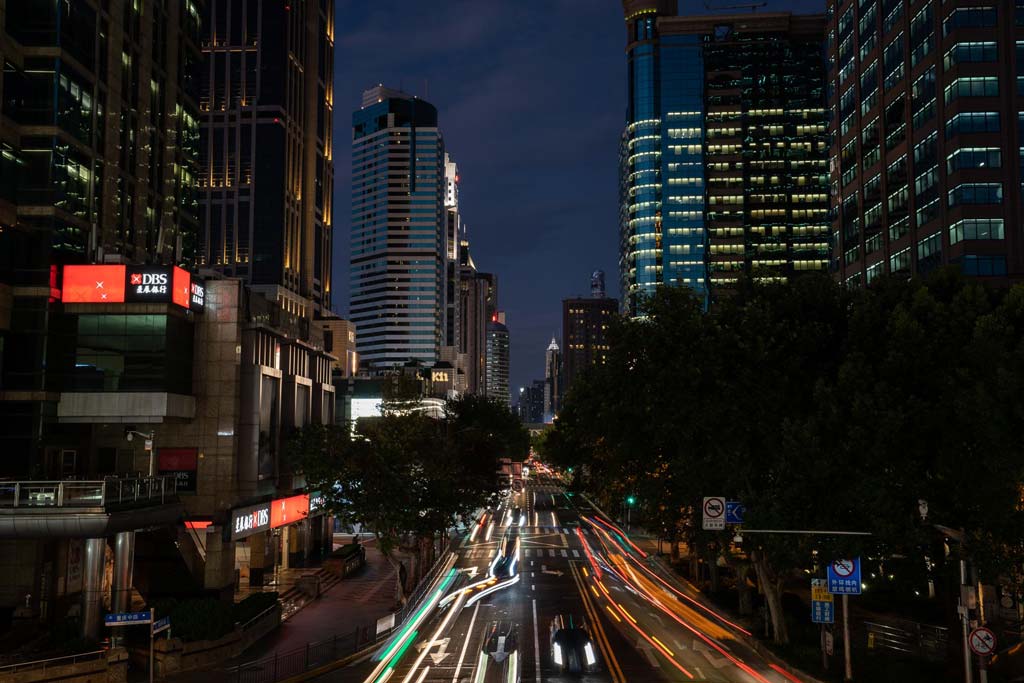
Huaihai Road 淮海路
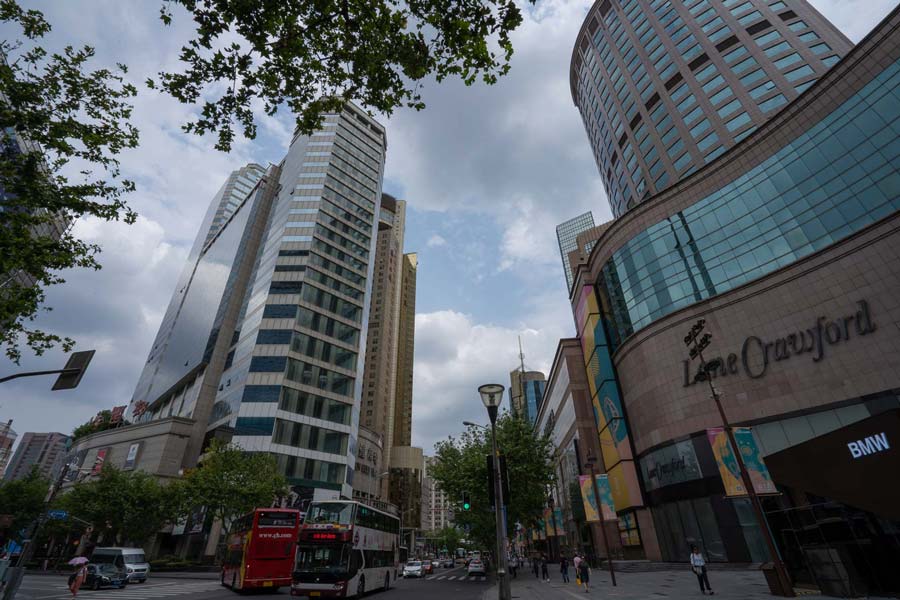
Huaihai Road 淮海路
As its name indicates, the Old City (Nan Shi Qu南市区), located beyond the southern extremity of the Bund, was the center of Shanghai's urban life prior to the arrival of Westerners after the First Opium War. Of the ancient walled and canal-crossed town, only a fragment of the old wall and evocative bridge-related place-names have survived, yet it remains an area of genuine historical interest. The northern part of the area has been developed into a heritage-themed destination, specializing in antiquities, along with traditional products and food items. The Shanghai City God Temple is found here, along with the Huxinting Tea House, and the Bridge of Nine Turnings, but the greatest attraction is the city's beautiful Yu Garden, dating back to the 16th century. At the southern end of the Old City, the exquisite Confucius Temple, host of a lively book market and a tea pot museum.
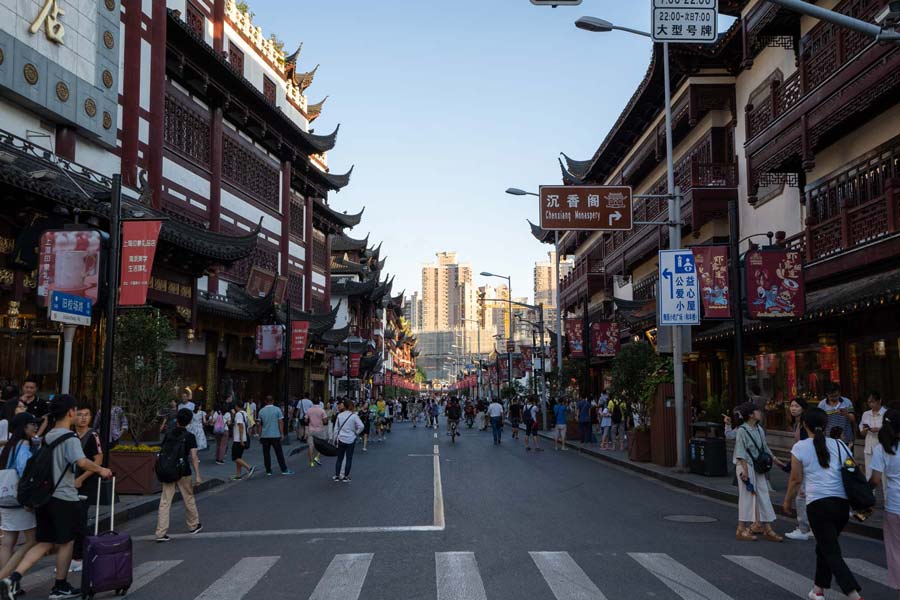
Yu Garden 豫园
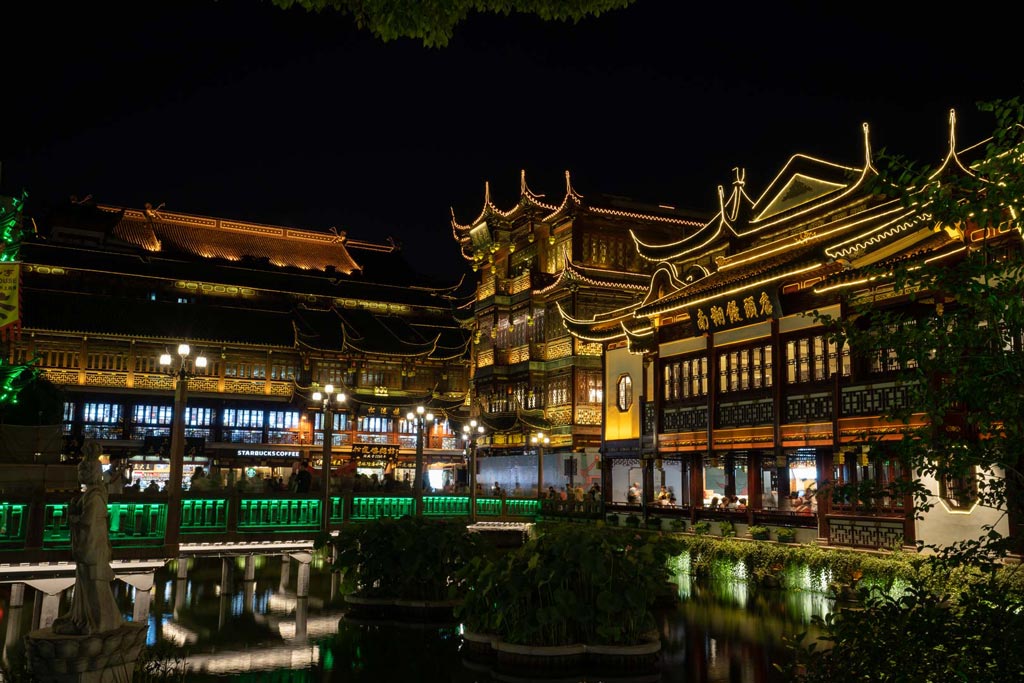
Yu Garden 豫园
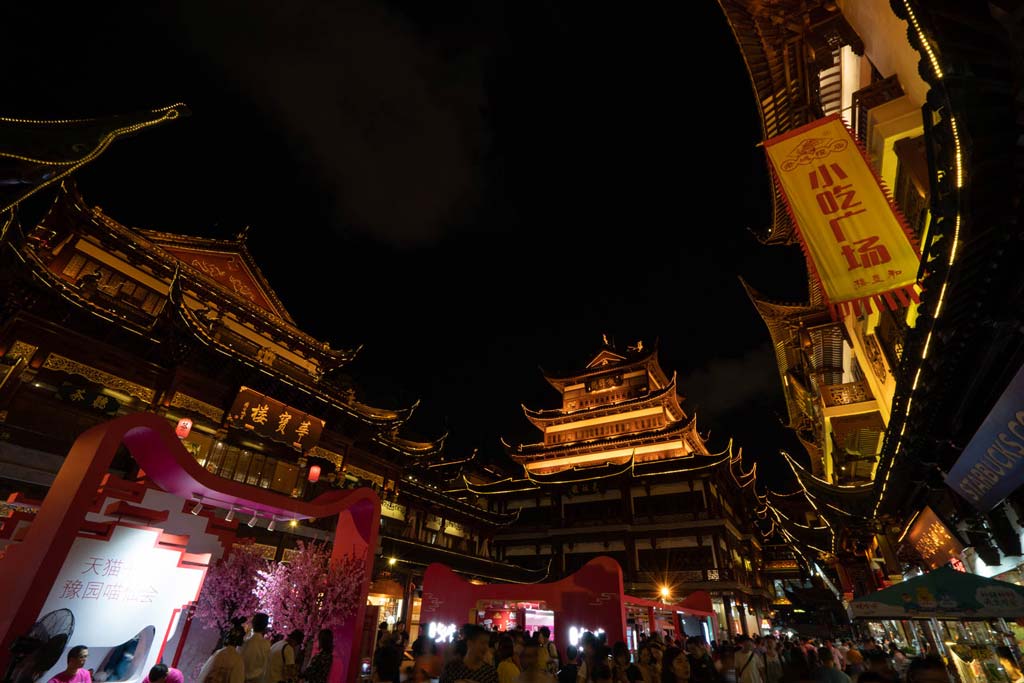
Yu Garden 豫园
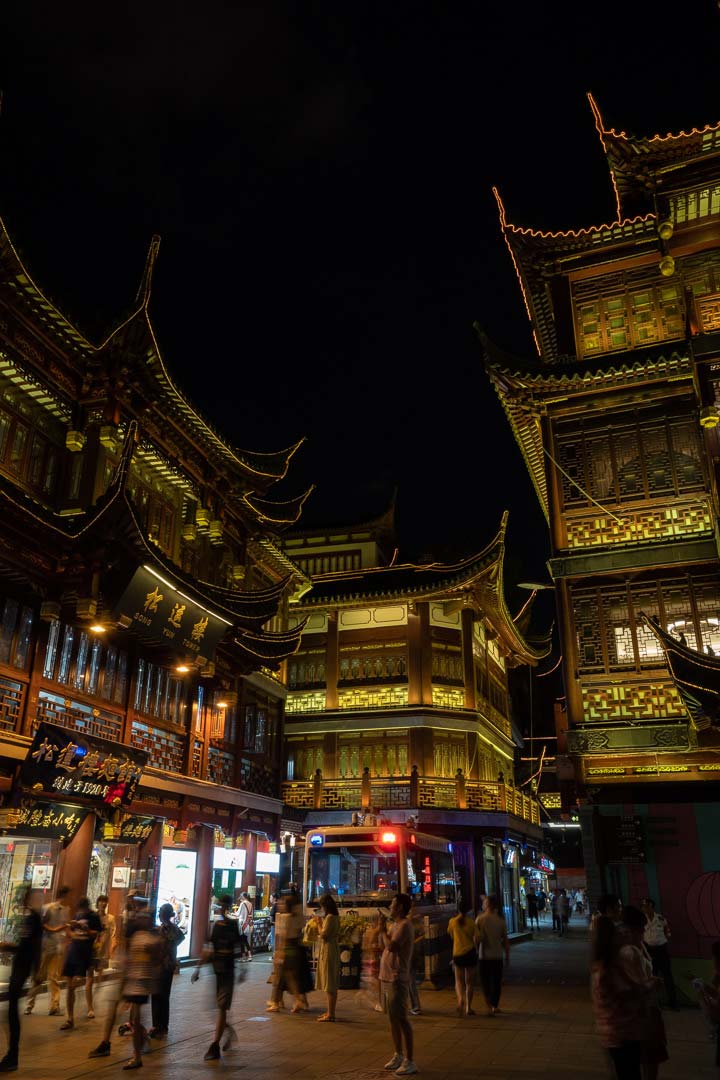
Yu Garden 豫园
